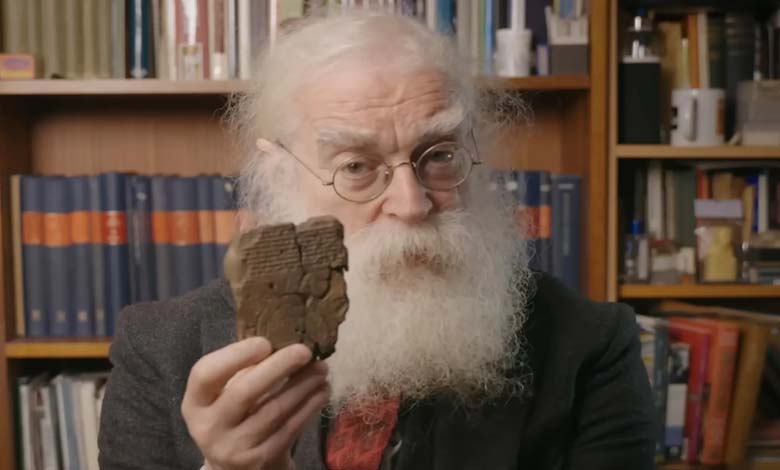Has Noah’s Ark Been Discovered? A 3,000-Year-Old Map Sparks Controversy

A team of scientists recently revealed the possibility of locating Noah’s Ark using an ancient stone map dating back 3,000 years.
-
More than a year after its wreck… Design flaw discovered in the Titan
-
A tree in Brazil that was believed to have gone extinct 185 years ago has been discovered
The Babylonian tablet, preserved in the British Museum since its discovery in the Middle East in 1882, is considered the oldest known stone map. It has puzzled researchers for decades until they recently succeeded in deciphering its symbols.
Known as “Imago Mundi,” the tablet displays symbols that researchers suggest may refer to flood stories similar to Noah’s tale in the Bible. Symbols on the back of the tablet indicate a specific route and detailed instructions for reaching “Urartu,” known today as Mount Ararat in Turkey, the potential location where the ark is believed to have come to rest after the flood.
-
A mummy over 3,000 years old discovered in Peru
-
A giant sea monster discovered in Morocco: an animal that devoured everything it saw
According to the “New York Post,” Dr. Irving Finkel, a cuneiform expert at the British Museum, states that this map includes a description of a structure built by the “Babylonian Noah” under the gods’ command. This structure is described as a large vessel, and ancient texts indicate that only one family survived the flood, accompanied by a group of animals, after a long journey that ended atop Urartu.
The Babylonian flood story, narrated through clay tablets dating back over 3,000 years, closely resembles the Biblical flood narrative, raising questions about the origins of flood stories and their impact across ancient cultures.
-
They wanted to clean the house, but they discovered the ‘hidden treasure’
-
“Astonishing” Discovery during the Dissection of Mummified Hands in Peru












